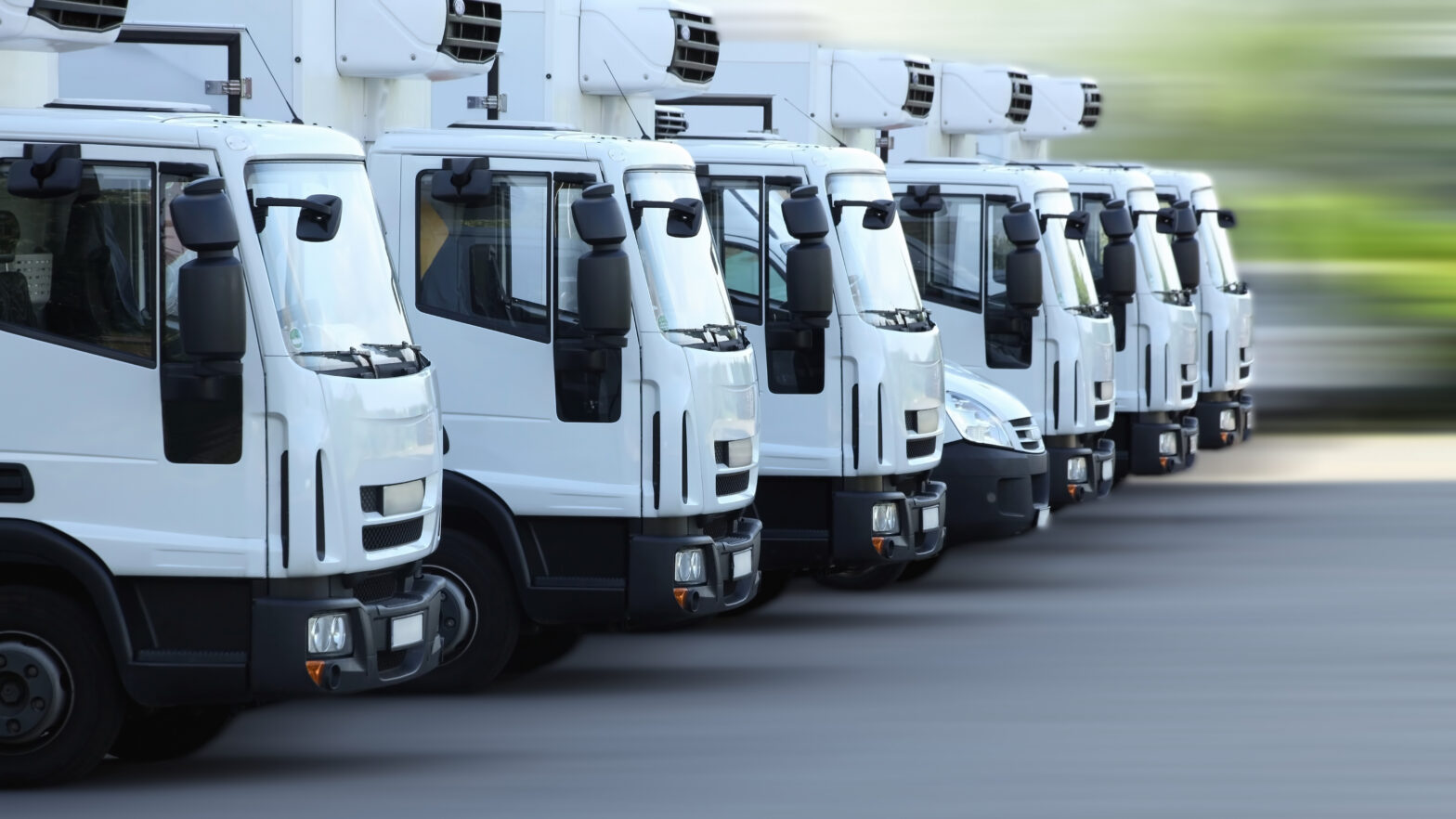If your organisation owns a fleet of vehicles, how many tons of carbon dioxide did they produce annually over the past five years?
It’s the kind of question that businesses and even governments are increasingly faced with as everyone from consumers to regulators to investors focuses on the environment.
To answer that and similar questions about their carbon footprint, many fleet owners are implementing telematics technologies.
In the process, telematics gives fleet owners powerful new options for reducing overhead costs, protecting their drivers and cargo, maximising productivity and differentiating themselves in the eyes of customers.
There are easily thousands of different types of telematics applications.
Most use a module that plugs into the on-board diagnostics (OBD) port, which is built into every U.S. vehicle manufactured since 1996.
This module then uses cellular and/or satellite to relay information to the vehicle’s owner or an authorised third party, such as an insurance provider.
>See also: Is telematics the future of car insurance?
Increasingly that information is about the vehicle’s emissions because regulators worldwide are tightening restrictions.
For example, the U.S. Environmental Protection Agency’s 2007 mandate for heavy-duty highway vehicles reduces particulate matter emissions by 90% compared to the 2004 standard.
To ensure compliance, vehicles must be able to monitor their emissions system and use dashboard lights to alert the driver when there are problems.
With the addition of telematics, those alerts and other vehicle information can be sent to the fleet owner.
Using that information, vehicles that need service to get back into compliance are identified, and fleet managers can build a database for future action.
One example is identifying the models with the highest carbon dioxide emissions when deciding which vehicles to phase out of the fleet.
Many fleet owners are using telematics to track idling, which increases pollution while wasting fuel and thus money. How much? The U.S. trucking industry wasted nearly $50 billion on fuel in 2014 due to its vehicles sitting in traffic jams, according to the American Transportation Research Institute.
Telematics also enables fleet owners to identify where excessive idling occurs by pairing it with GPS location data. This can be an effective method to control cash flow along with other tactics including freight bill factoring.
For example, telematics can identify roads where vehicles typically drive slower than the speed limit, a sign of traffic jams.
Fleet owners can use those insights to develop alternative routes to save fuel, reduce greenhouse gas emissions and ensure on-time deliveries.
Fleet owners also could share anonymised, aggregated versions of that data with municipal, state and federal governments to help identify roads that need upgrades to improve safety and traffic flow.
Reducing congestion goes a long way in reducing overall pollution because in the U.S., for example, transportation is the second largest generator of carbon emissions.
How 2 fleet owners shrunk their carbon footprint
C&C Group is among the fleet owners using telematics to monitor and improve both their carbon footprint and bottom line.
A family-owned construction services company based in suburban Kansas City, C&C Group initially deployed telematics to improve safety for its fleet of 75 pickups and vans by tracking seat belt usage.
C&C then expanded telematics to monitor speeding, track and minimise carbon emissions.
For example, in one of the initial years of deployment, C&C was on track to cut its annual carbon dioxide emissions by 23,415 pounds.
C&C Group isn’t the rare success story, either. Another example is the Spanish telecom provider Telefónica de España, which has a fleet of 600-plus vans and other light duty vehicles.
>See also: Telematics in the insurance industry
It uses telematics to collect information about each vehicle’s location, speed and miles per gallon, as well as its driver’s behaviour, such as hard braking, jackrabbit starts and long idling time.
Driver behaviour directly affects fuel consumption and thus Telefónica’s carbon footprint and bottom line.
So far, telematics has enabled Telefónica to cut its fuel usage by 10%, to 6.3 litres per 100 kilometre driven. That’s less than the minimum consumption that its vehicle manufacturers estimate.
At the same time, Telefónica reduced its carbon dioxide emissions to less than 6.353 tonnes annually.
Enabling new market differentiators
Environmental regulations aren’t the only factors prompting fleet owners to implement telematics.
For example, consumers increasingly expect to know the location of a vehicle, especially if it’s carrying an important delivery.
Fleet owners can take the telematics platform they use to track emissions and expand the granular, turn-by-turn location information that consumers want.
>See also: The inevitable road to the autonomous car: are they safe?
A fleet owner also could use the platform to enable environmentally conscious customers to verify that its vehicles are the greenest.
For example, the emissions information used to ensure regulatory compliance could be turned into a layperson version that customers can view online.
That capability could be another differentiator for fleet owners in highly competitive sectors, such as a supermarket that wants its green branding to extend all the way to its home delivery vehicles. It’s also an example of how telematics applications are limited only by imagination.
Sourced by Colin Sutherland, executive vice president, sales and marketing – Geotab










